For example, main in src/hello.c in the GNU Hello package ends like this:
exit (EXIT_SUCCESS);
}
^L
For example, main in src/hello.c in the GNU Hello package ends like this:
exit (EXIT_SUCCESS);
}
^L
Literally, it's a page break ("form feed") character. The compiler treats it as ordinary whitespace. But it's very useful for printing source code - it starts a new page (for example, use ^L between functions to force each call to get its own page).
In Vim/vi based editors, you can insert such a character within edit mode by typing Ctrl + V followed by Ctrl + L. It will look like ^L in the editor, but it's actually just one character (ASCII value: 12 or 0x0C).
In other words, ^L does this:

it is also called form feed.It is a page-breaking ASCII control character. It forces the printer to eject the current page and to continue printing at the top of another. It will also cause a carriage return. The form feed character code is defined as 12
(0xC in hexadecimal)